|
LISTEN TO THIS THE AFRICANA VOICE ARTICLE NOW
Getting your Trinity Audio player ready...
|
A months-long siege of an illegal gold mine near Stilfontein, South Africa, culminated in a grim conclusion on Thursday, January 16, 2025. Rescue efforts recovered 78 bodies from deep underground, exposing the human toll of the country’s growing battle against illicit mining. The siege has sparked widespread condemnation, reopening debates about the government’s handling of economic desperation in its poorest communities.
The operation was the result of a crackdown initiated by South African authorities in August 2024. Police surrounded the mine, cutting off access to food and water in an attempt to force the miners to surface. Many of the miners, drawn from neighboring countries such as Zimbabwe, Mozambique, and Lesotho, had entered the mine seeking a livelihood but were instead trapped in its dark, dangerous tunnels.
As rescuers descended into the mine earlier this week, the scale of the tragedy became evident. Using a cylindrical metal cage, teams brought up the bodies of 78 miners, along with 246 survivors who were weak, disoriented, and in some cases, on the brink of starvation.
Mzwandile Mkwayi, a 36-year-old volunteer from Khuma, a township near the mine, was one of the individuals who helped retrieve survivors and bodies. “When I went down, I saw things I will never forget,” he said. “These people were desperate. Many of them were glad to see us, but we were too late for so many.” Mkwayi described how he placed the bodies in bags, saying the experience would haunt him forever.
The rescue teams operated under difficult conditions, relying heavily on local volunteers like Mkwayi to navigate the complex network of tunnels. Rescuers made a final descent on Thursday using a camera-equipped cage to ensure no one was left behind. While no further bodies were found, questions remain about the possibility of others being lost in the mine’s labyrinthine depths.
The police operation has drawn heavy criticism from civil society groups, labor unions, and residents of the surrounding community. GIWASU, a major labor union, has described the events as a state-sponsored massacre, claiming that the government’s refusal to allow food or water underground amounted to a death sentence for many.
“The government claims it was enforcing the law, but it used inhumane methods,” said Thembile Botman, a local community leader. “People have been saying for months that this would end in death, but no one listened.”
The police, however, have defended their actions, framing the siege as part of a broader effort to combat illegal mining, which costs South Africa an estimated $3 billion annually. Authorities argue that providing resources to miners during the siege would have encouraged further illegal activity.
Despite this, the operation has raised questions about the treatment of undocumented workers and the broader systemic issues driving illegal mining. For decades, abandoned mines have become a haven for desperate miners who extract leftover deposits in conditions rife with exploitation and danger. These operations are often controlled by criminal syndicates, adding another layer of peril to the miners’ plight.
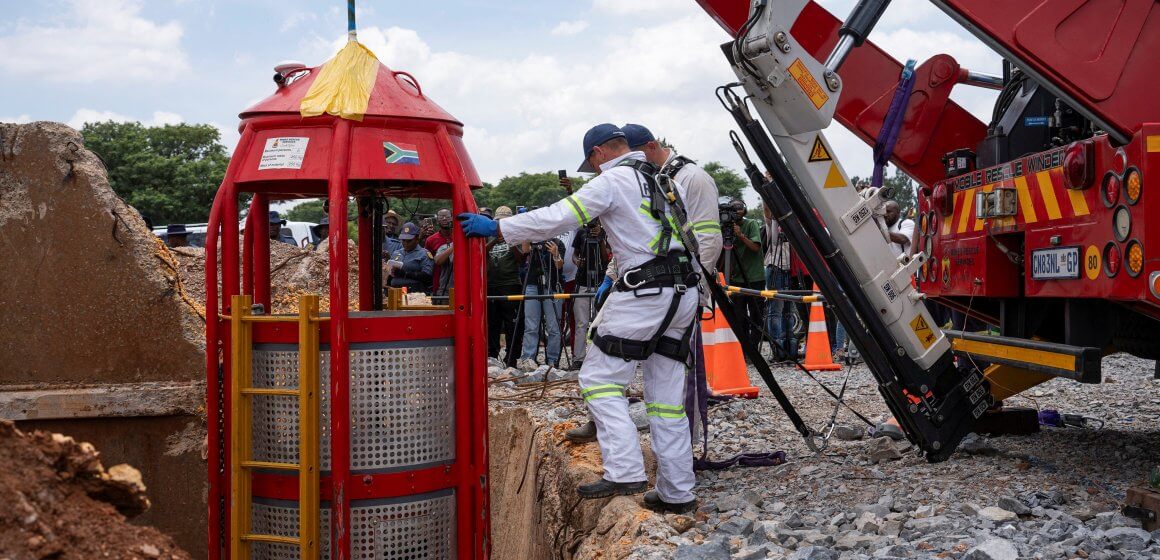
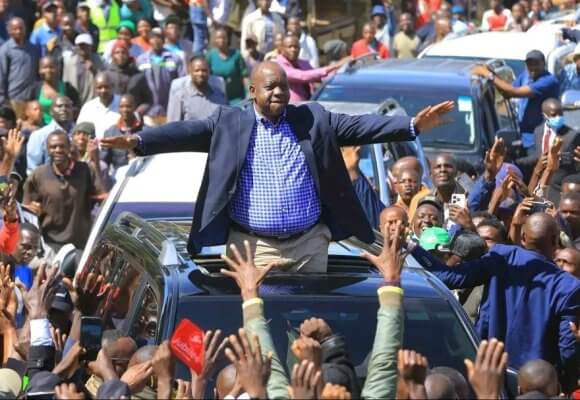
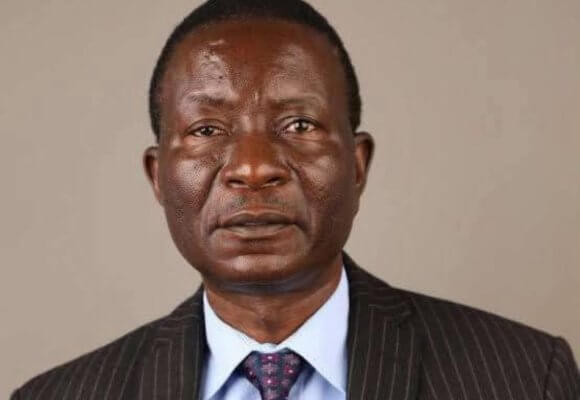
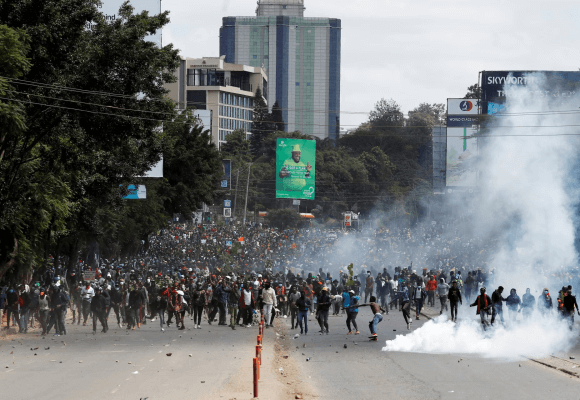

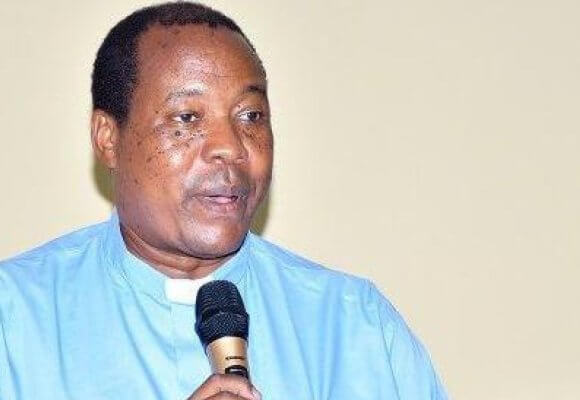

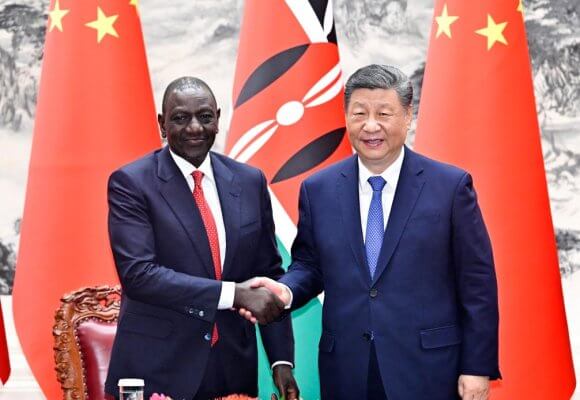
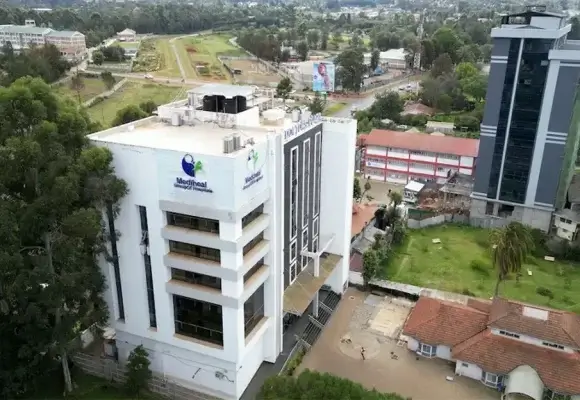
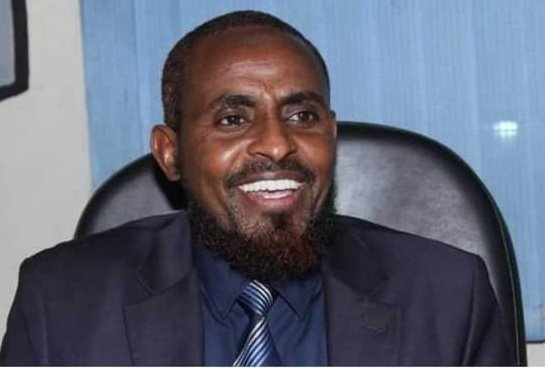

LEAVE A COMMENT
You must be logged in to post a comment.